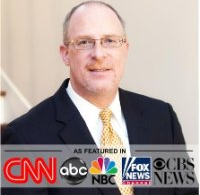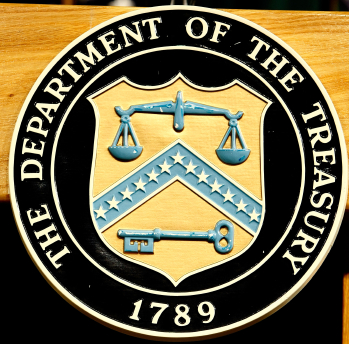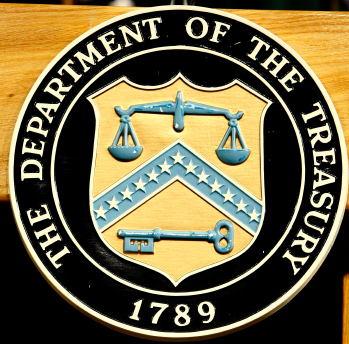
In the Netflix series, Breaking Bad, character Jesse Pinkman exclaimed, “Yeah, Science!!” as his meth-lab mentor, Walter White, displayed how chemistry can be used to hone their joint venture. While the activity in which they were engaged may have been “scientific,” I doubt that activity would qualify as “scientific” as that term is used in section 501(c)(3), Title 26 of the Internal Revenue Code.
Under section 501(a) of the Code, an organization described in subsection 501(c) shall be exempt from federal income taxation. Organizations qualified under section 501(c)(3) include organizations organized and operated exclusively for, among other listed things, religious, charitable, educational, and scientific purposes.
The Treasury Regulations (26 C.F.R. § 1.501(c)(3)-1(d)(5)) provides a lengthy definition and explanation of the term “scientific” as used and intended in section 501(c)(3). In a nutshell, a scientific organization must be organized and operated in the public interest. Research, for example, must be for the public interest and not the type ordinarily carried on as an incident to commercial or industrial operations. Research may qualify under section 501(c)(3) if: (a) the results are made available to the public on a nondiscriminatory basis; (b) the research is performed for the United States, or any of its agencies or instrumentalities, or for a State or political subdivision thereof; or (c) the research is directed toward benefiting the public.



























Recent Comments